To arrange a baby's crib, you need to choose a lot of quality bedding accessories. Among them are soft bumpers. There are supporters and opponents of using such a device in the baby's everyday life. But basically, a soft "edge" is always present in everyday life. At the same time, it is not necessary to buy soft utensils; you can sew high-quality bumpers yourself. There are many options and ways to make a simple device using available tools and materials.
- Bumpers for a crib - why are they necessary, types, age restrictions
- Types of bumpers for a baby cot
- Necessary materials and tools
- How to choose fabric for crib bumpers
- Selecting a filler
- How to calculate the number of products and their sizes
- Patterns for bumpers for a baby cot
- The process of sewing classic bumpers
- What kind of bumpers to sew for a boy
- What kind of bumpers to sew for a girl
- Care of products
- Advantages and disadvantages
Bumpers for a crib - why are they necessary, types, age restrictions
The arrival of a newborn in the family is accompanied by the purchase of various devices and accessories for arranging the room and the crib. One of the necessary accessories is the bumpers for the crib. What are soft bumpers for the crib of a baby for:
- Protecting your baby from drafts.
- The baby will not hit the wooden base of the crib.
- The device will help protect your child from pets getting into the crib.
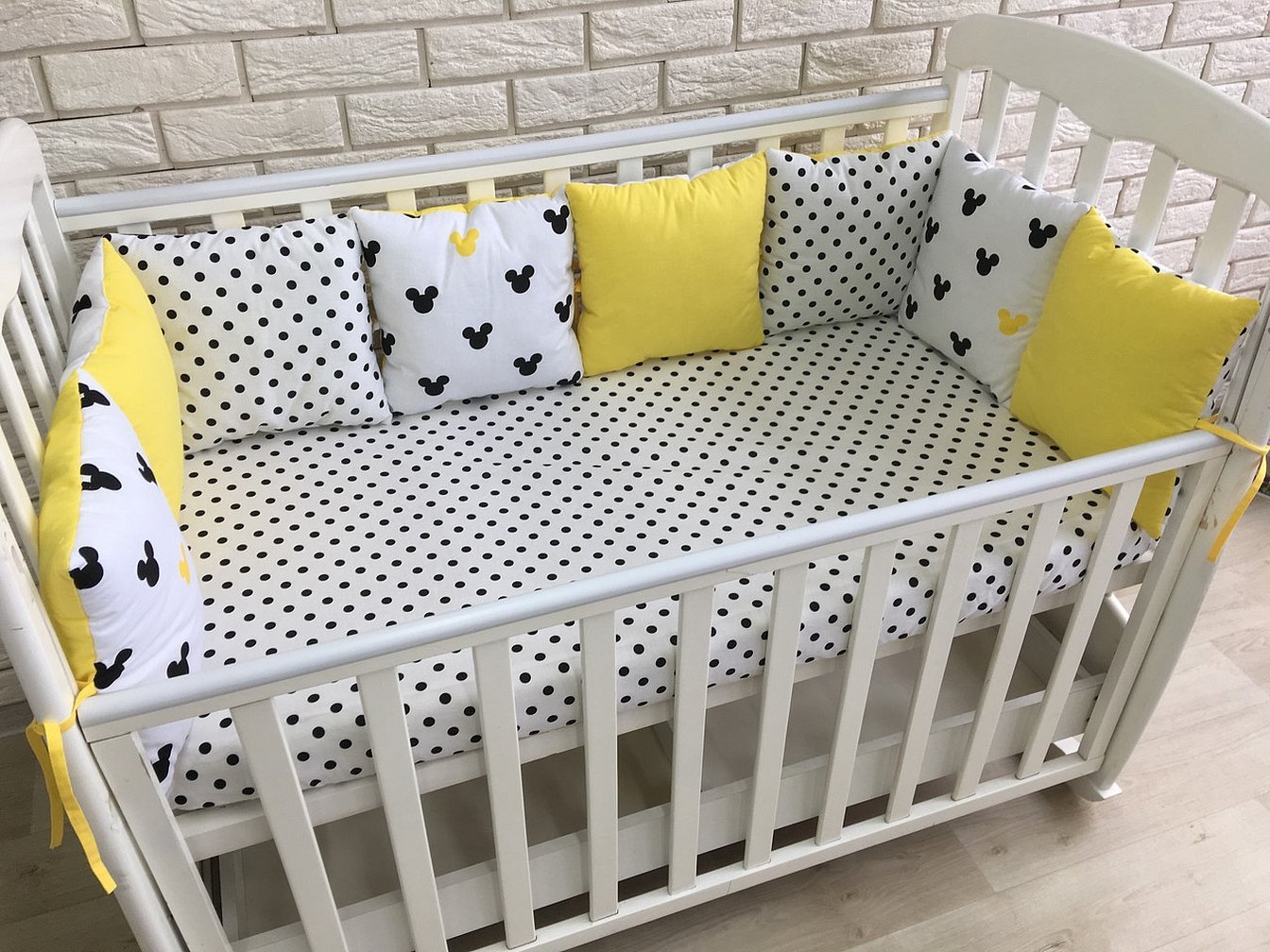
- The legs and arms will not get stuck between the bars.
- Toys, pacifiers and bottles will not fall out through the bars.
- The baby will be partially protected from extraneous sounds and light, which will ensure the baby’s peace during sleep or rest.
Additional information! There are many varieties of sideboards. The design can cover ¾ of the walls, be solid or prefabricated, and have different colors.
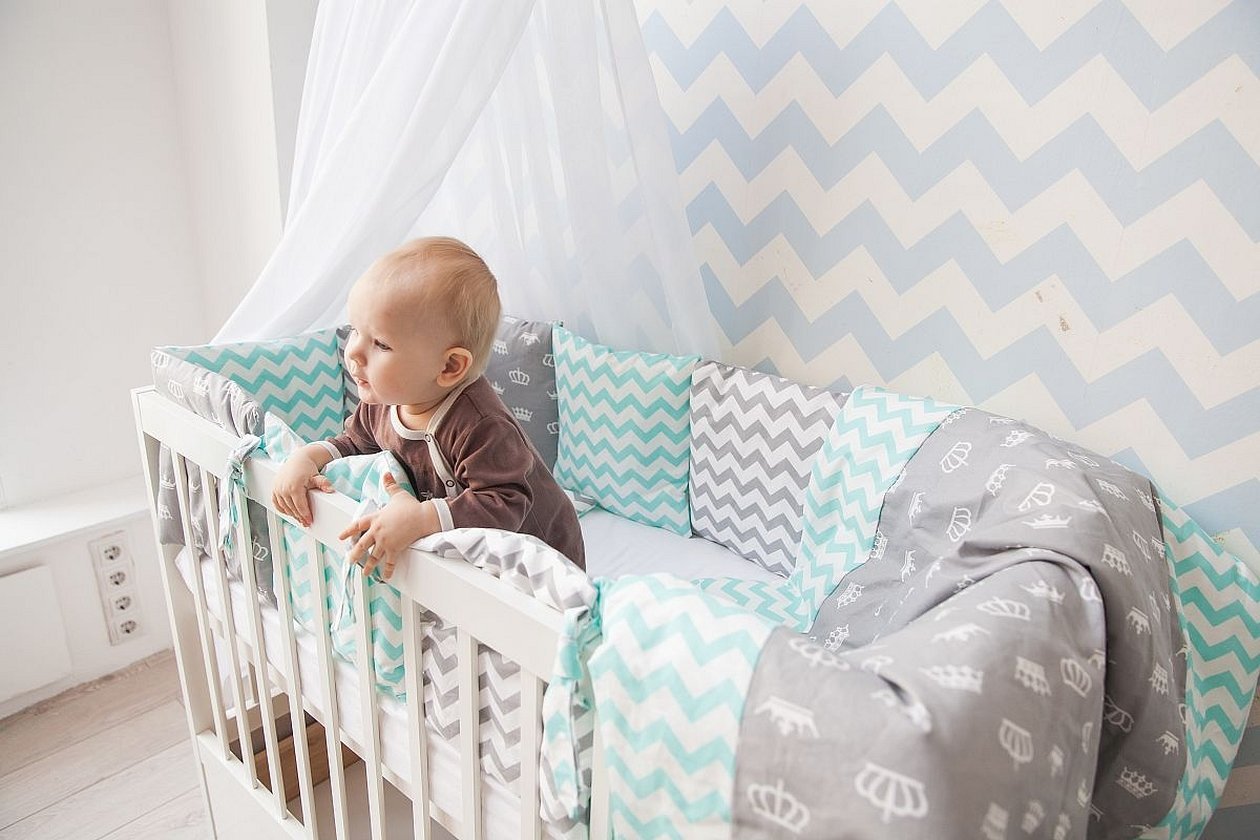
As for age restrictions, psychologists set specific time frames for the appearance and removal of soft restrictions. It is better to put the sides in the second month after birth, and remove them when the child begins to stand up, holding on to the crossbars.
Types of bumpers for a baby cot
There is a huge variety of models of these products to ensure a comfortable time for the baby in his own bed. And if you make the bumpers yourself, you can show any imagination regarding the shapes, sizes and placement principle.
Conventionally, the following types of soft limiters can be defined:
- Functionality. With or without removable covers. With pockets on the covers or plain stitch.
- Versatility. Bumpers-cushions. These can be decorative pillows or bolsters.
- By shape: rectangular, rounded, round, square.
- Multicomponent. The design can consist of at least 4 parts and there is no maximum.
- Uniqueness. Unusual interpretations - animals, houses, caterpillars and much more.

Sometimes several options can form 1 set, which will make it even more convenient to use.
Necessary materials and tools
Often, choosing materials for making sides on your own can confuse inexperienced needlewomen. It is difficult to think about what tools are needed for the job, so it is worth preparing a basic set:
- First, you need to decide on a sketch, calculate the parameters and shapes.
- Fabric scraps that will be used as covers and base for the filling.
- Prepare the filler in the required quantity.
- Devices that can be used to fasten all parts of the composition together.
- Threads of suitable color, needles.
- Paper, chalk, measuring tape for creating patterns and taking measurements.
- Safety pins for preliminary fixing of elements and scissors.
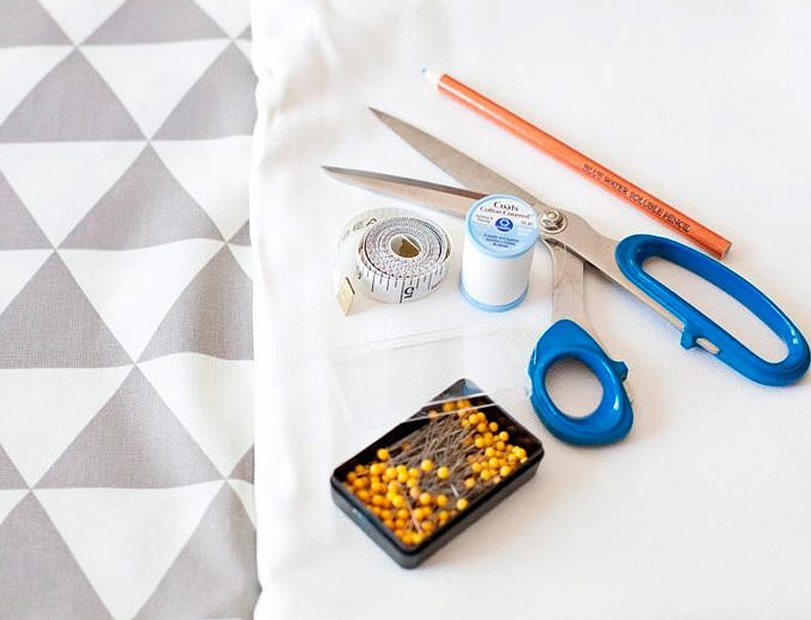
You can sew the product quickly and easily if you use a sewing machine. This option of creation will be even more appropriate in comparison with hand sewing - the lines will be neat and identical.
How to choose fabric for crib bumpers
To make not only a beautiful but also a practical set, you need to pay special attention to the choice of material for forming the product. Several nuances that can influence the choice:
- The fabric should be pleasant to the touch.
- It is advisable to choose material made from natural fibers.
- The color scheme is only pastel, so as not to overload the baby’s psyche.
- Textiles must be completely hypoallergenic.

The ideal option would be flannel, chintz or flannel. Each type of presented textile is easy to care for. No washing or ironing will spoil the appearance and texture of the material.
Selecting a filler
You can sew bumpers for a crib, sew fastenings and accessories for them if you choose not only the fabric, but also the filler. You should never take anything, because we are talking about the baby's health. The stuffing should be of high quality and safe for the baby's health. The following filler options are suitable for a newborn:
- thin foam rubber;
- synthetic padding;
- holofiber.
Please note! Sometimes a little buckwheat husk is used. Such a filler will additionally help develop fine motor skills in the baby.
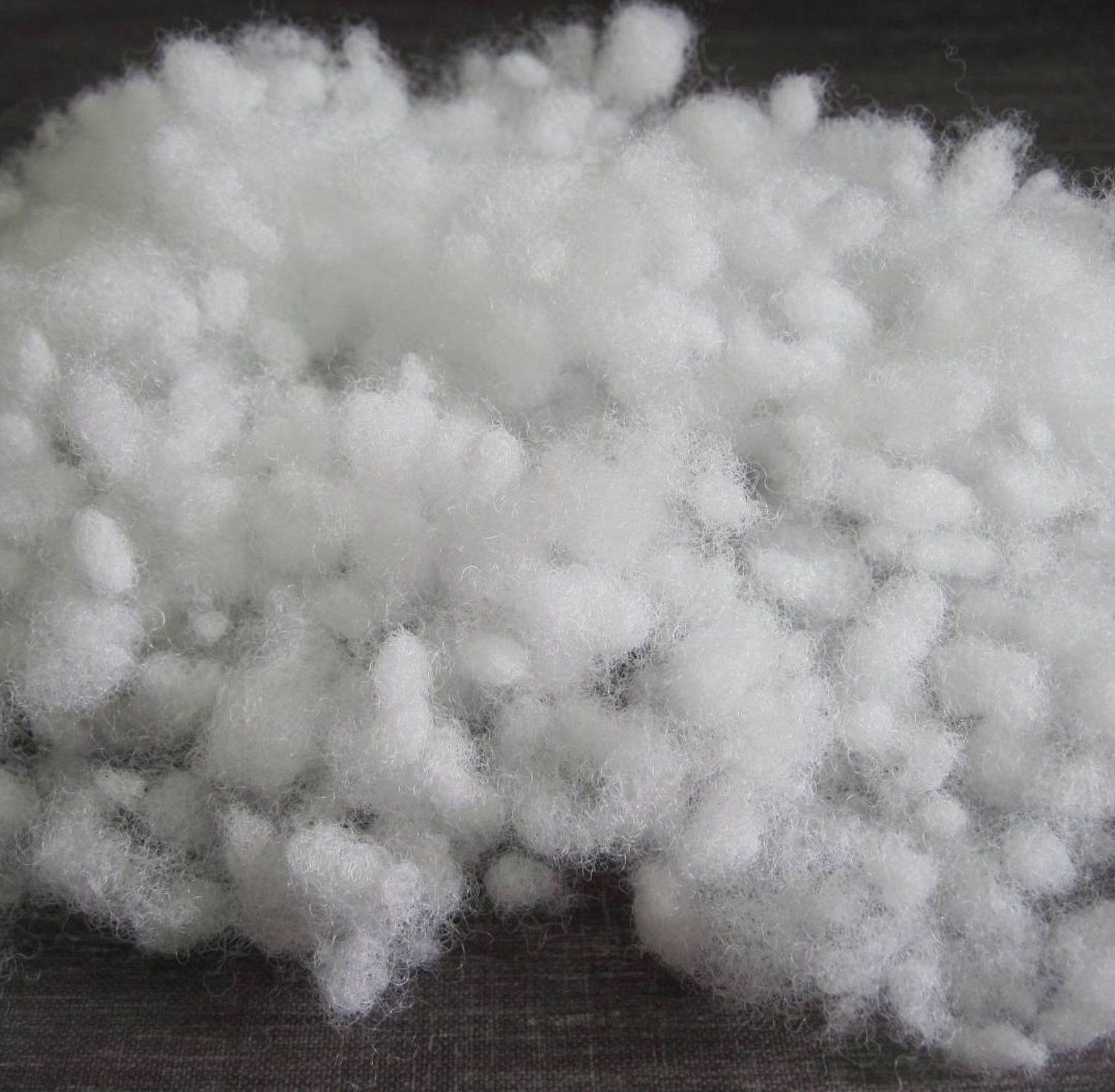
The specific choice depends on the design and shape of the product. Sometimes mixed options are used, which allows you to create unique shapes and volumes for products. It is strictly forbidden to stuff the blanks with down or use cotton wool. Such options can cause allergies, cause suffocation if they get into the respiratory tract, and they cannot be washed.
How to calculate the number of products and their sizes
There are recommendations regarding the determination of the parameter for 1 element depending on the type of soft fencing construction. This simplifies calculations and representations for beginner needlewomen.
How to make calculations and make a choice:
- If the fence is to be made of pillows, then you need to make 2 pillows for the headboard and a symmetrical part of the bed. There can be 4-5 pillows on the sides.
- Classic bumpers consist of only 4 parts, so it is important to know only the length and width of the crib bumpers.
- If you are making shaped items, then you should focus on the quantity and parameters of the pillows.
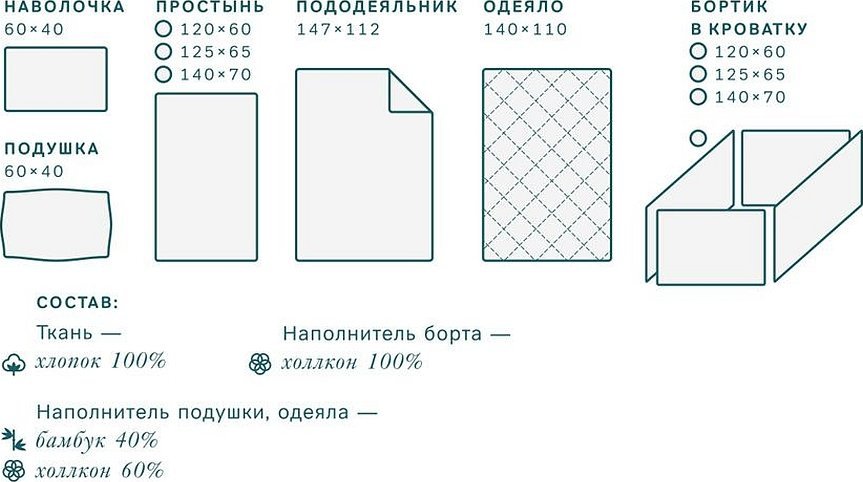
Much depends on the shape and dimensions of the sleeping area and the crib. Therefore, first you need to take measurements, and only then estimate the quantity and size of each element of the soft furnishings. Take measurements from the crib. You need to write down the parameters of the height, length and width of each side.
Patterns for bumpers for a baby cot
To sew bumpers for a baby crib with your own hands, you need to prepare patterns with your own hands. The procedure is as follows:
- Make a sketch for the future product.
- Spread a sheet of paper on a flat surface.
- Using a pencil, make marks that will determine the size of each piece.
- Outline the shapes and sizes of the parts.
- Cut out the blanks.
- Apply them to the fabric. Attach the paper to the textile using pins.
- Use chalk to outline the edges and cut out the pieces.
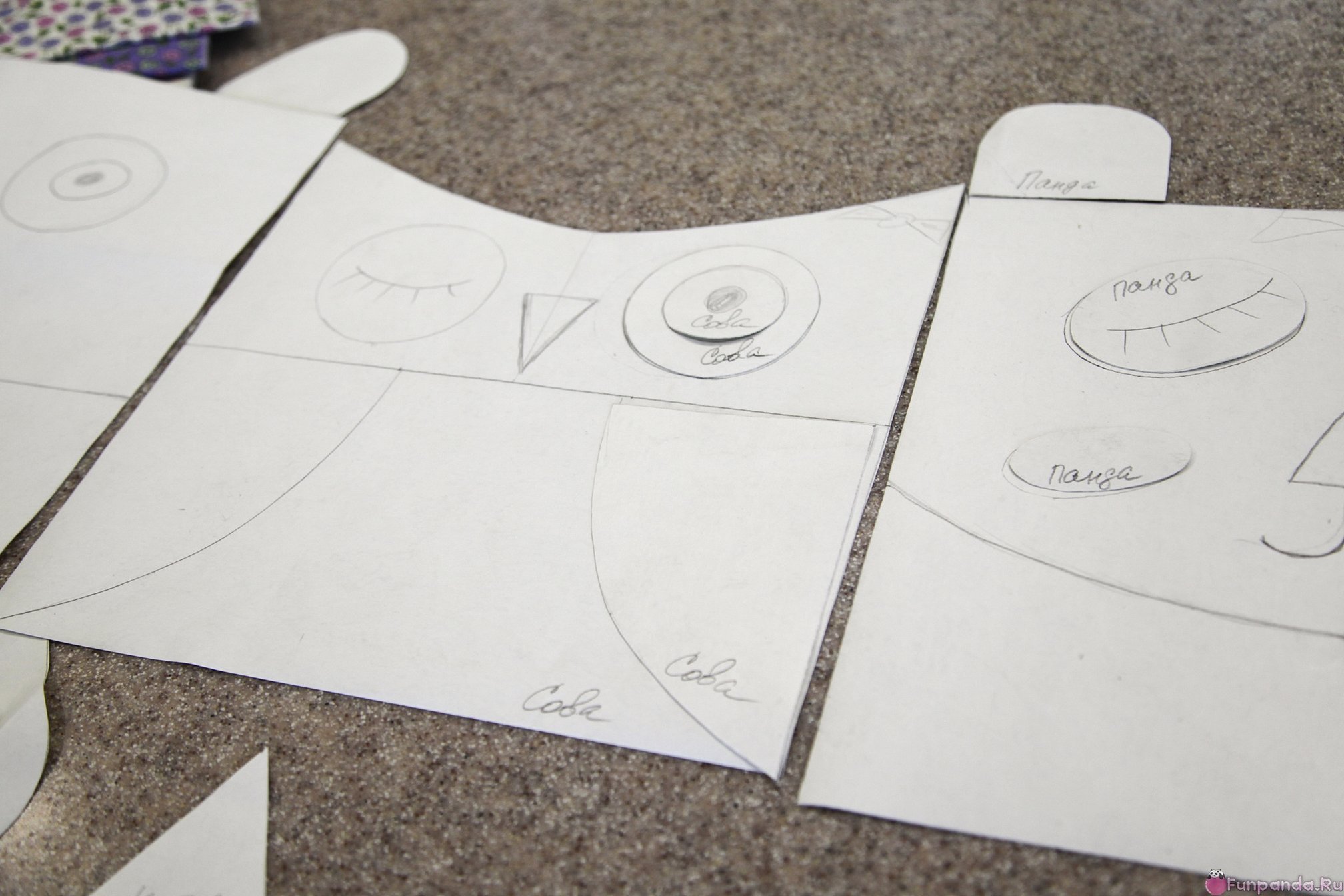
After such events, the pattern is completely ready.
The process of sewing classic bumpers
After all the preparations, determining all the pros and cons, there remains one unresolved question - how to sew bumpers for a crib using the classic version of shape and size? Classic bumpers consist of 4 separate parts, where the longest ones are located along the crib, and the other 2 at the headboard and end. These are rectangles that are attached to the corner bars of the furniture.
If we consider the general algorithm, then the step-by-step instructions will consist of the following steps:
- From the very beginning, patterns are made. Transfer the dimensions to paper and draw the blanks for transferring to the fabric.
- Prepare the base for the filler. Sew the rectangle on three sides. Insert the filler through the 4th. Sew the part completely.
- Having taken the parameters from such elements, sew covers for them. You need to think about the fastener. Usually these are tapes or Velcro.
- Sew ribbons or Velcro onto each corner of the parts, with which the parts will be attached to the rods.
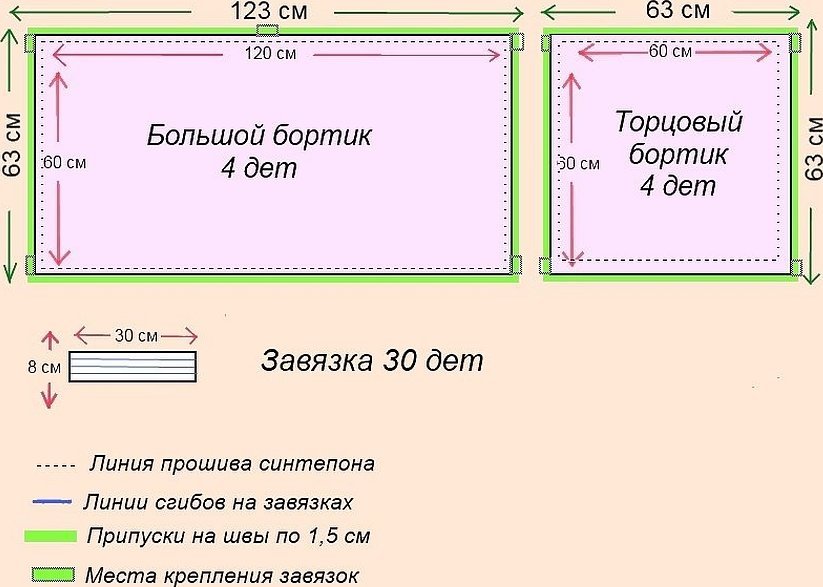
To somehow diversify simple forms, you can sew a ruffle from the same fabric on top of each part or come up with other similar decorative inserts. To make the task easier, you can use a special pattern.
What kind of bumpers to sew for a boy
For a boy, it is worth choosing cold tones of green, blue, light blue or violet. Additionally, you can use various additional materials. Usually, these are ribbons and a small amount of other fabrics. Several design options:
- There are no restrictions regarding the choice of design. You can make a fence in the form of houses with a fence.
- The ideal option would be sides in the form of cars or a steam locomotive.
- Animals will be a universal design. These can be dogs, hippos or pandas.

The complexity of sewing does not depend on the choice of a more original shape or design.
What kind of bumpers to sew for a girl
When you sew bumpers for a baby crib with your own hands, you definitely choose the design and color yourself. If this “gift” is being prepared for a girl, you need to consider several points:
- Fabrics in pink or powder shades are usually used.
- Satin, lace, and satin ribbons can be used as decoration.
- Girls respond well to images of animals, so you can make fences in the form of different animals or simply sew faces onto classic bumpers. Usually it is a cat, rabbit, elephant or cartoon character.
- Fences made in a royal theme look original.
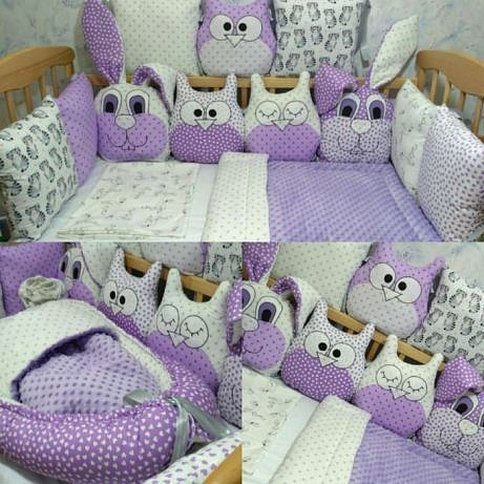
The main thing is to choose delicate colors and natural materials. Additionally, pay attention to the preferences of the baby.
Care of products
It is not recommended to sew the sides, as the product requires constant care with frequent intervals. What should be done to maintain the cleanliness of the product:
- Washing is done at least once every 7 days. Only covers can be wet cleaned, and the base with the filler is well ventilated and dust is knocked out.
- After complete drying, iron both sides at high temperatures.
- In addition to washing, you should air the product once a week.
Important! For washing, use only baby powders and rinses.
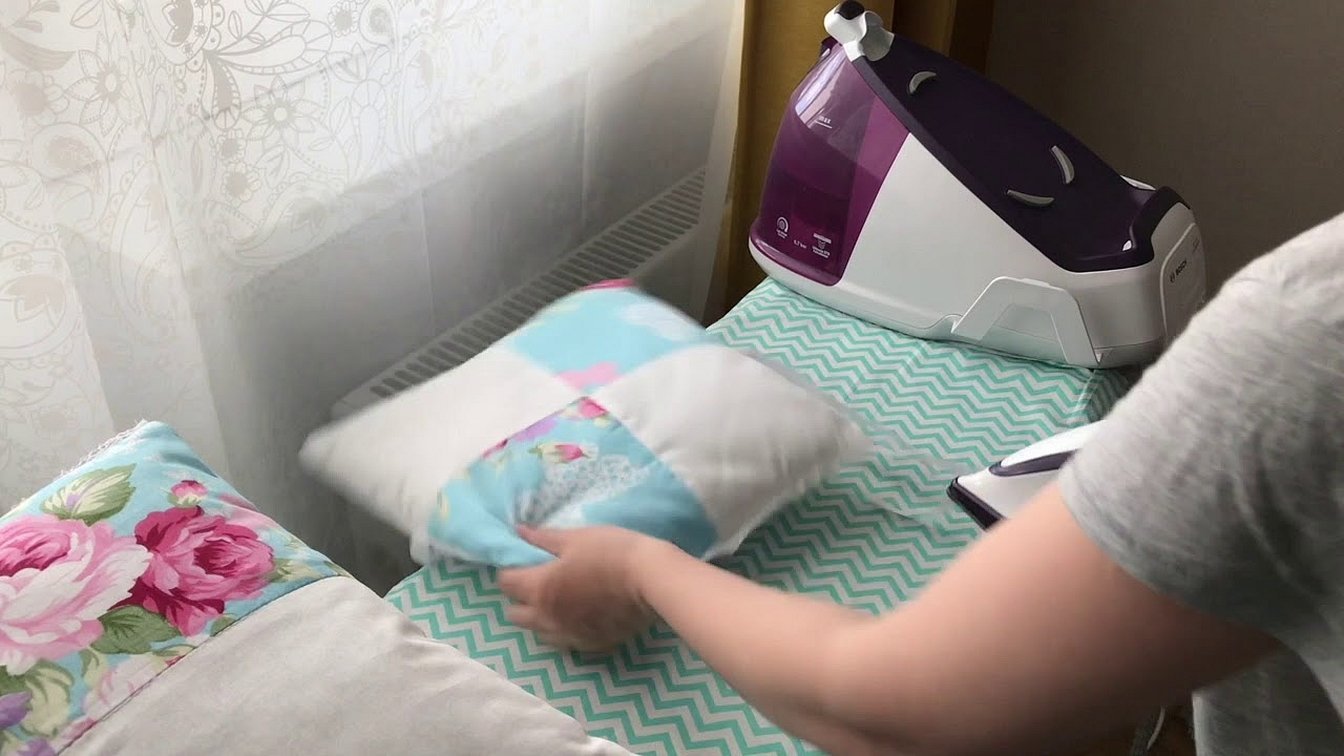
When choosing detergents, washing and ironing modes, you should also consider the recommendations related to the care of the type of fabric. The material may lose color, the texture may deteriorate, and defects may appear.
Advantages and disadvantages
Before you start making soft barriers, you need to know all the pros and cons of a homemade version of additional bedding. Pros:
- The best materials are used for covers, filling and base.
- The most incredible fantasies can be realized into reality.
- Products for non-standard beds according to shape or parameters are created without any problems.
- The baby's individual preferences will be taken into account at the time of creation.
Disadvantages of the homemade version:
- First, you need to learn how to cut and sew. Even working on a sewing machine can be problematic for a beginner needlewoman.
- The seams may be uneven and the product may look sloppy.
- Not every model can be sewn by yourself.
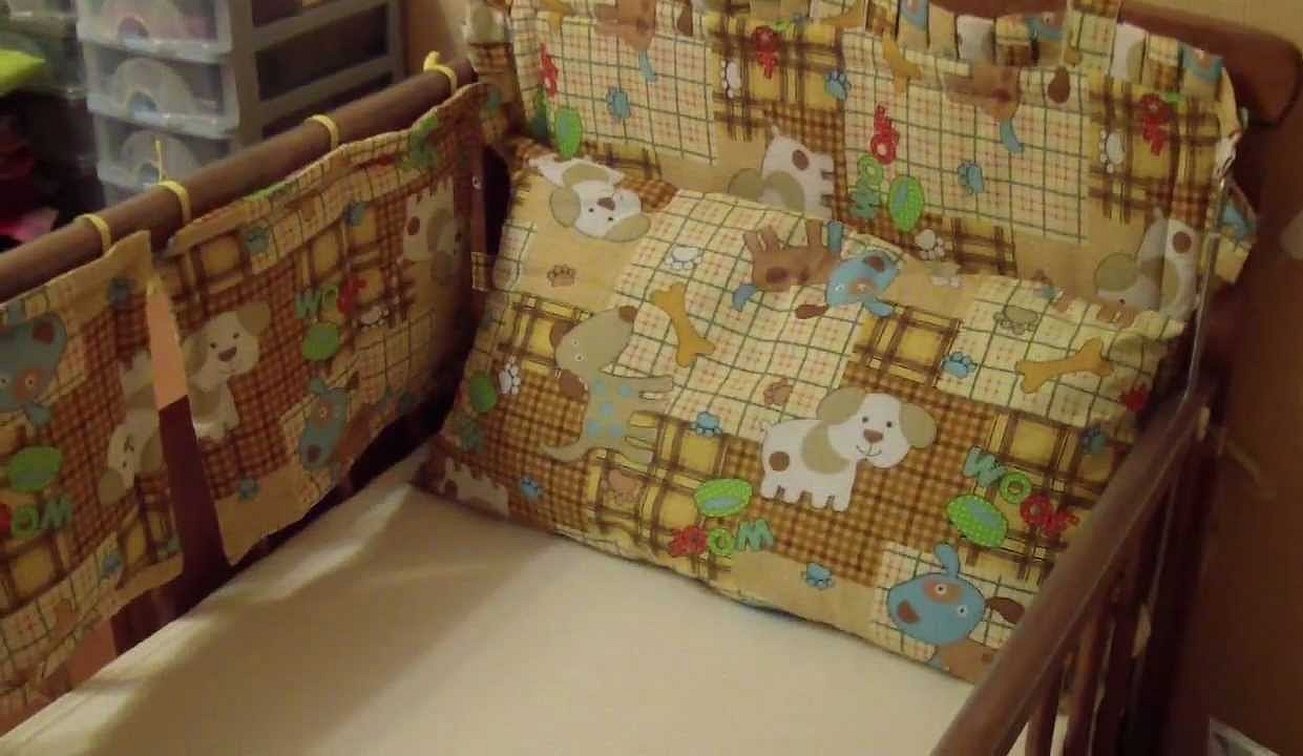
Even the simplest animal bumper can become a homemade decoration or “punishment”.
Sewing bumpers for a baby's or little girl's crib will not be difficult if you know a few secrets. Often the problem lies in choosing the design, type of filler, type of fabric. In addition, you need to correctly calculate the parameters of the fences, their number and height. Currently, the most relevant are thematic bumpers such as animals, princess, race track.




